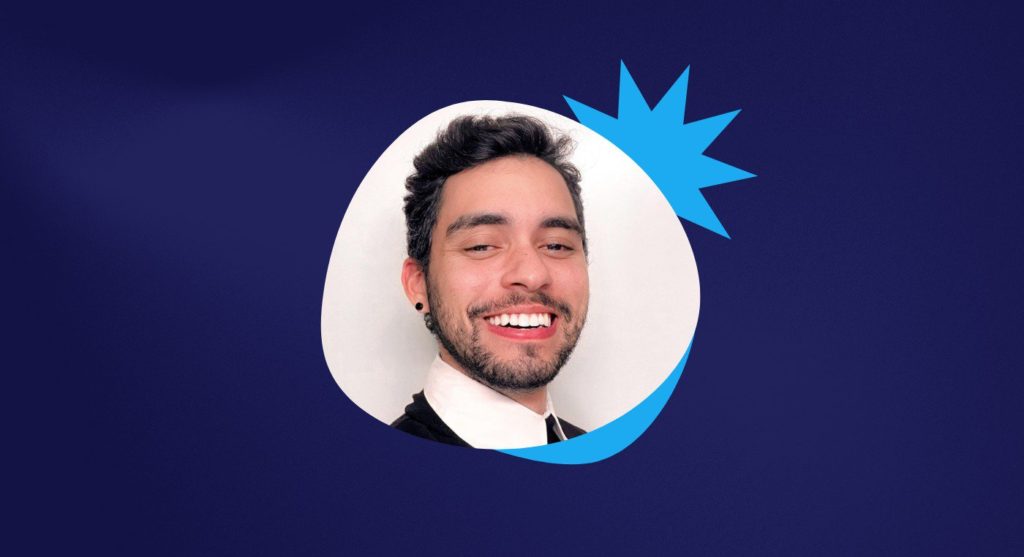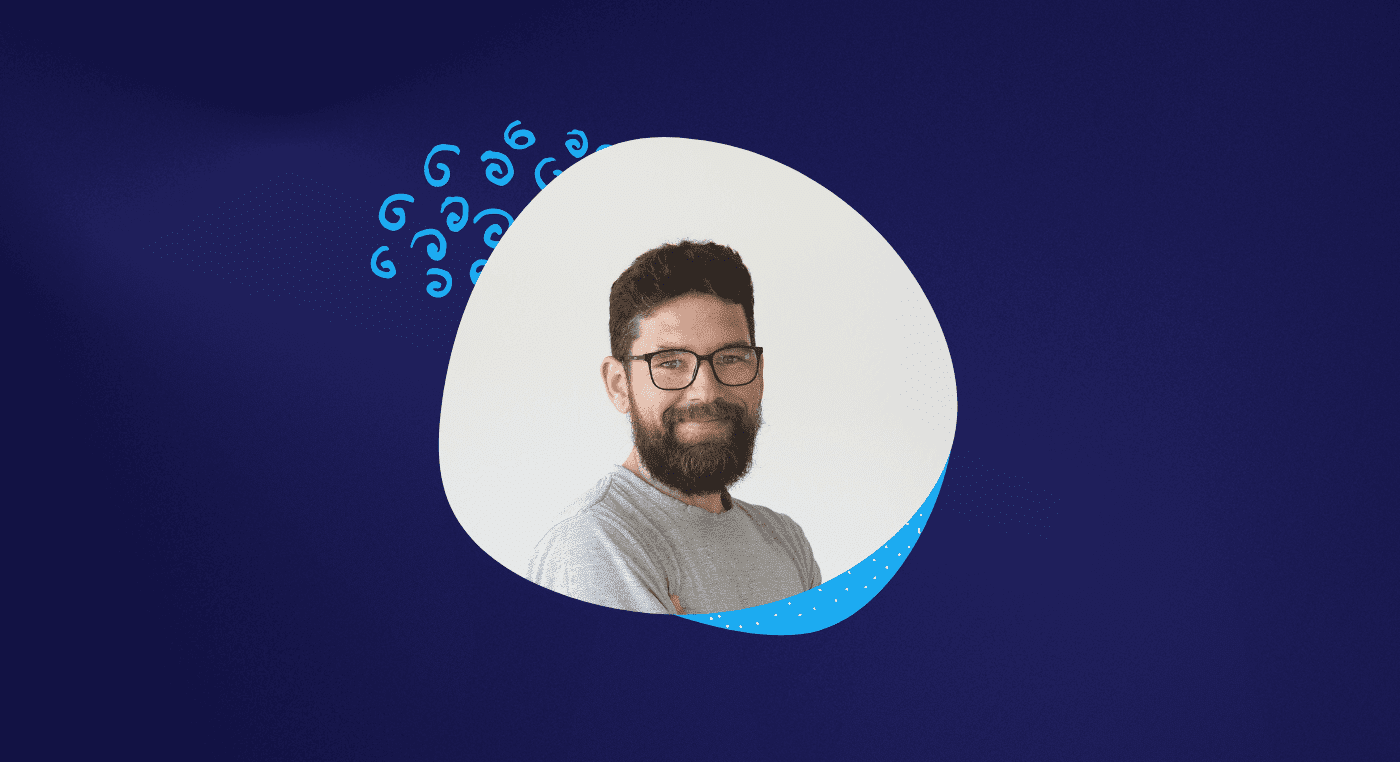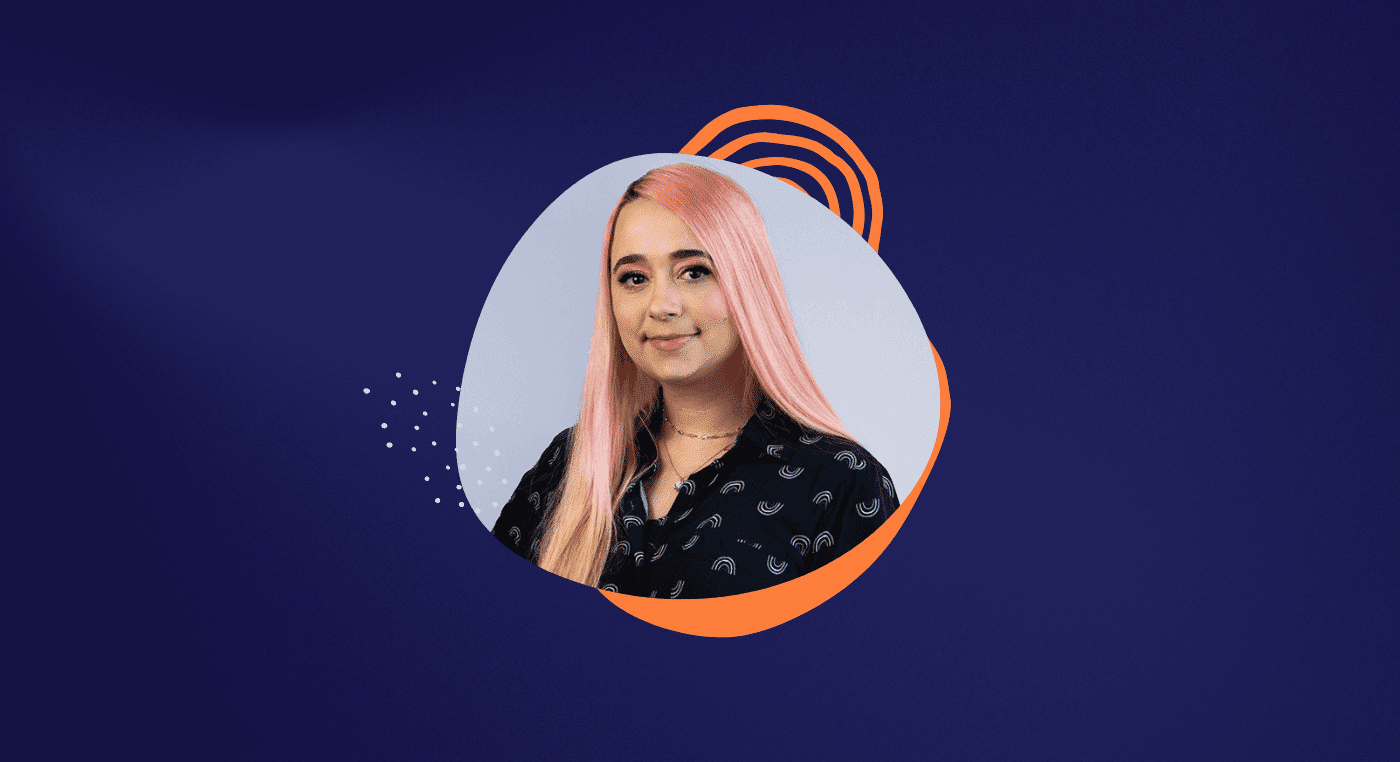In this interview with Kevin, he shares his experience landing his first UX Design job as a Product Designer in Switzerland.
Kevin completed his bachelor's degree in design and master's in innovation in Switzerland. However, when he decided to pursue a career in UX Design, he felt unprepared due to a lack of practical experience.
That's when he found Aela and decided to enroll in the Mastering Interface Design (MID) program. This story highlights the importance of linking theory to practice and the value of learning and evolving continuously. Check it out!
“Aela was my gateway to the job market.” – Kevin Panchaud, MID student.
Hi Kevin, can you introduce yourself to our audience?
Hi Felipe, hi everyone. My name is Kevin, and I have a degree in design from the Federal University of Pernambuco. During my studies, I focused mostly on graphic design, although I also took some courses in fashion. Towards the end of my degree, I started to think about what I really wanted to do, and I became curious about the field of innovation and digital design.
As I am half-Swiss and half-Brazilian, I had my eye on studying in Switzerland. When I found a master's degree in innovation for products and services, I was immediately interested and applied right after completing my bachelor's degree.
I was very excited to enter this field as I saw that it was growing rapidly. When I received a positive response, I moved to Switzerland, and the master's program opened my eyes to a lot of things. I learned a great deal about strategy, service design, and UX design.
The program was multidisciplinary, with people from various fields, such as engineering and economics.
The goal was to use the Design Thinking methodology to innovate a product or service in a group setting, with each member contributing their area of expertise.
After completing the master's program during the pandemic, I felt anxious because I had a lot of theory but lacked practical experience. I had difficulty building my portfolio because I didn't have any concrete projects to show.
Reading Tip: Design Thinking: Creating Innovative Solutions
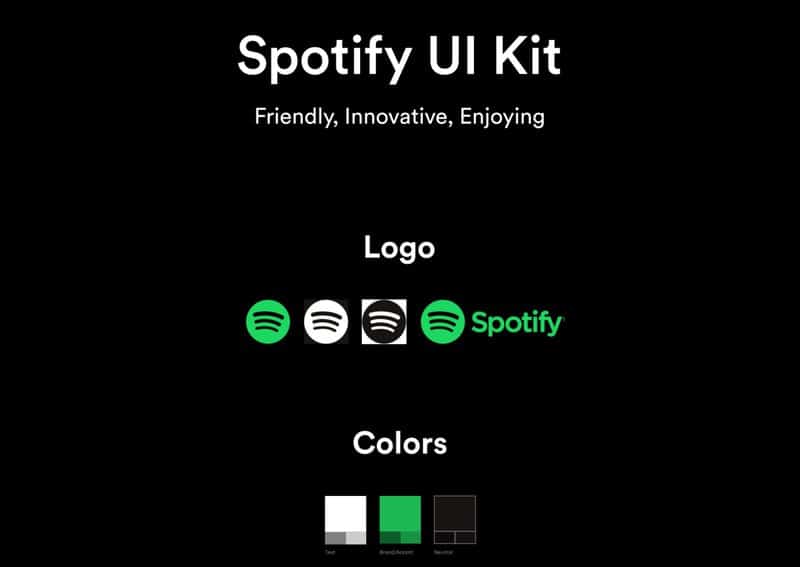
Hands-on experience with the Mastering Interface Design program
That's when I started researching UX Design courses, and after a lot of Google searches and recommendations, I found Aela. I watched many interviews by Aela and saw that it could add a lot of value to my skills.
I applied, and I remember having an interview with you, Felipe, where I explained the portfolio that I was trying to build, and you gave me tips. This helped me start the course with more confidence, focusing on the practical knowledge that Aela could provide.
I started from level zero and received feedback from mentors after completing each project. Each feedback helped me improve, and I was able to see things that I couldn't see before.
The following year, I wanted to find a job, but I knew that I wasn't fully prepared yet, so I continued with level 1 and started working on another project, a Landing Page. I improved a lot in this area and implemented Nielsen's heuristics in my project.
Soon after, I started applying for internships, hoping to gain experience while still dedicating time to Aela.
UI Design Internship
Finally, a digital agency contacted me, offering a job in UI Design, which was not my strongest area. However, I saw this as an opportunity to improve my skills and spent almost a year in the agency while studying at Aela.
I worked on projects for big companies, such as Nespresso and Philip Morris, which was very challenging at first. I already knew French, but I had to start studying English as well. So the last two years have been very intense with studies, projects, and English.
After the internship, I felt more prepared in UI Design but wanted something more focused on UX.
Reading Tip: UX/UI Design: What Are the Different Terms Used in the Field?
The opportunity in UX Design
And at the end of 2022, an opportunity to work at a Fintech here in Switzerland came up. However, they wanted a Product Designer, not just a UX designer.
They wanted someone who could do a bit of both. I was very nervous but also happy because thanks to my internship and the knowledge that Aela and the master's gave me, I could consider myself a Product Designer from that year on.
And that's when my professional battle really began, so to speak.
Because I went to work for a company that wasn't a field I knew much about. I didn't know how the finance and investment field worked. And I told them, I was very honest, that I didn't know the field very well, but that I was willing to learn everything.
It was very cool because they said they wanted people who had an external vision to add value to the company.
And I found it very interesting and accepted. I'm still working for this company today, it's an international company, and fintech is an area that is really growing a lot.
Another thing I realized is that as time passed, several recruiters started contacting me. At first, I was desperate (chuckles), I thought, nobody would get in touch with me. Now I'm very calm, I know that UX and UI is a field with a lot of supply and demand.
It's essential to make a portfolio and move forward with a calm mind because the right time will come.

What were the main points that, in your opinion, helped you to land that first job in UX Design?
I would say that the first point is to believe in yourself. I didn't have much confidence in myself at first, and I was afraid to pursue a profession in another country. Despite having family here, I was born in Brazil.
So, it's not just about wanting, it's about believing that you can and persisting.
I started contacting many people, including on LinkedIn and started talking to recruiters.
And also having perseverance. You have to look for it. Look for UX design jobs, people who work with UX design, and UX content.
I don't even remember how many resumes and portfolios I sent, I think it was at least 50, 60. And when you receive negative responses at first, it's very disappointing.
But in the end, it's a process. As I sent portfolios, I received negative feedback, but I also had the curiosity to ask.
I think it's a very important thing. I asked some recruiters why I was rejected, to know where to improve. Each feedback was very valuable.
Reading Tip: 7 Mistakes to Avoid In Your UX Design Portfolio
In college, you turn in a paper, get a grade, and it's done. In the MID, you only move on to the next level when your project is approved.
How was it for you to deal with this? With the back and forth of the projects, and the negative feedback?
I remember that for the first project, I had a lot of negative and positive feedback. But it's constructive. And I started putting my hands to work, improving what needed to be improved. There was even a time when I thought, "My God, I don't know where to improve anymore, I can't see it".
The mentor said, "It's very good, but it can get even better if you improve this or that". And I saw that each piece of feedback was very valuable.
In fact, when I put the MID project in my portfolio, it made a lot of difference.

And what was it like to present this work in Switzerland?
One thing I always wanted, when I started the MID, was to do my project in English. So one thing I advise for those who want to pursue an international career is to do the project in English.
I had interviews in French and English. To present the project, you don't have much time to explain every detail, you have to go fast. For the company I'm currently working for, I presented the dashboard project I did at Aela.
It's a project I really liked and it's on my website, I did it on Spotify. I remember the designers really liked it, they asked a lot of questions and were curious to know how I got to that result.
And for every question they asked, I answered with great calm. I would say that after each interview I did, I matured. In the interview for my internship, I remember being very nervous.
As you do more interviews, you learn and become more calm.
Finally, I was very happy, the feedback was very positive. They wanted to know a little more about my skills and sent me a design challenge to complete.
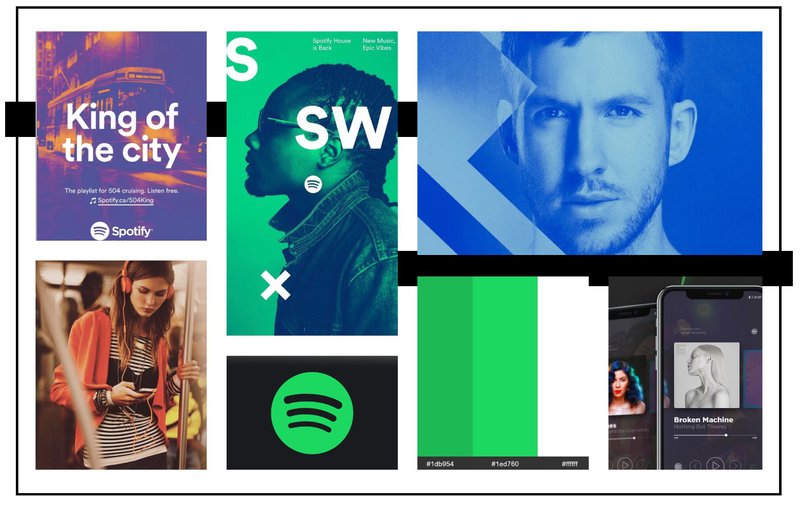
That's how it is, as you practice your storytelling, everything becomes more fluid. What about the design challenge, how was it?
They usually give you a digital document like a blank sheet and a defined time, I had two hours to do the challenge. There was a huge text, and they gave me complete freedom to develop it.
Had to think quite a bit before deciding on the best way to showcase the design challenge and what I could do in two hours.
I started by jotting down the key points I wanted to include, such as a bit of research and some practice, like creating a prototype.
Thanks to my experience with Aela's projects on Notion, I used that as a basis. It helped me structure my work well.
However, two hours go by quickly. I began asking myself questions, like who the target users of the app would be. Then, I thought about how to visually represent the prototype.
I created a simple yet intuitive MVP mockup, respecting design standards. I also made a high-fidelity wireframe on Figma, which showcased my technical skills.
Although I didn't get to the UI part, my potential employer saw that I could use Figma with ease and understood the technical aspects of it.
Thanks to my Aela internship and practical knowledge, I learned many things on Figma, such as auto layout and how to create a design system. So, I made a small design system just to showcase my abilities.
My employer loved all of this and hired me, telling me that I exceeded their expectations in the design challenge.
I was thrilled.
Reading Tip: Laws of UX: The Basic Principles of UX Design

Two hours is tough, and you managed to showcase your knowledge and went beyond expectations. Congratulations!
You mentioned that recruiters have been reaching out this year. Can you tell me about the current UX design job market in Switzerland?
Switzerland is a very tech-savvy country, but it's not as well-known as Germany or France, and it's a small country. However, there are many opportunities in UX design, especially in fintech, but there are very few skilled professionals.
In fact, we had to hire a designer to replace someone who left, and it was very difficult to find a good one. We finally found one, he was from Spain. Finding a good UX designer is very challenging
That's why when I see people who gained practical knowledge at Aela, I can imagine them working in any company here. That's what employers are looking for: individuals with practical knowledge.
I've seen portfolios of people applying for senior positions who weren't prepared.

How can an expat increase their chances of success, in your opinion?
I would say the first thing is to know the language. English is key, and it's also important to be able to speak the local language, at least a little bit.
In addition, I think it's all about connections. I started reaching out to people here while I was still living in Brazil. I think that's very important.
Investing in LinkedIn, for example, is also crucial.
Another thing is to be able to start humbly. I know people who want to come here and already look for higher positions. You may need to start at a lower level, but you will grow very quickly here.
When I came here, I was studying and working as a cashier at a supermarket. Switzerland is an expensive country.
Sometimes we don't start with what we want, we have to take a step back to get to the cherry on top.

Perhaps some people reading this might think it's easier when you are in Switzerland. But living in another country can be really tough.
It wasn't easy. There was a moment when I thought, should I go back to Brazil? But I thought, no, I'm going to stay here, I'm going to do the MID at Aela and keep trying.
Cool, and that's what we're here for.
I advise everyone who wants to change their field or improve their portfolio, "Aela is the right place".

The final question I always ask is: if you could change something, what would you say or warn Kevin from the past?
I think what I would have done before is improve my English before leaving Brazil.
And at the same time, when I was doing my master's, if I had known about Aela, I might not have even pursued the master's.
Maybe I would have already done the MID and entered the job market.
A master's degree gives you a diploma, but what really matters to the job market is the practical side, the portfolio, and what you know how to do. You need to get your hands dirty.
And it was Aela that really provided me with that. So, I would say that the master's was an entry point to Switzerland, but Aela was my entry point to the job market.
I should have focused more on this practical part before.
Reading Tip: How to Remain Motivated While Transitioning to UX Design – Interview With Iana Joaquina

Man, congratulations! For your humbleness, for all your journey! Lots of success!


